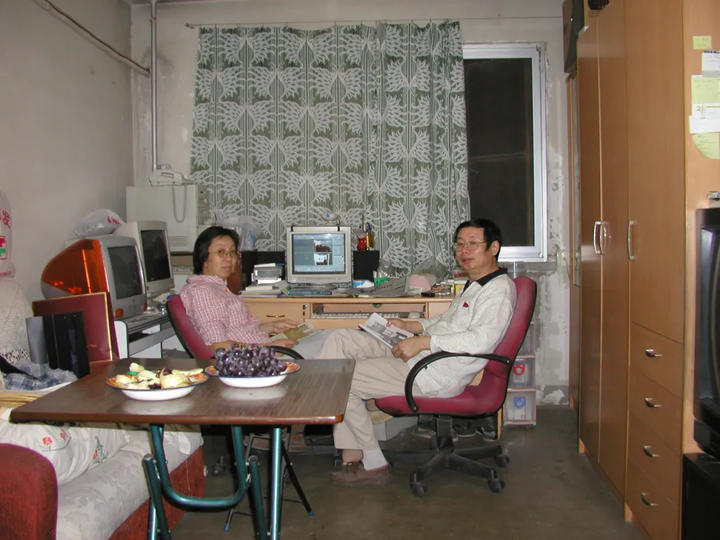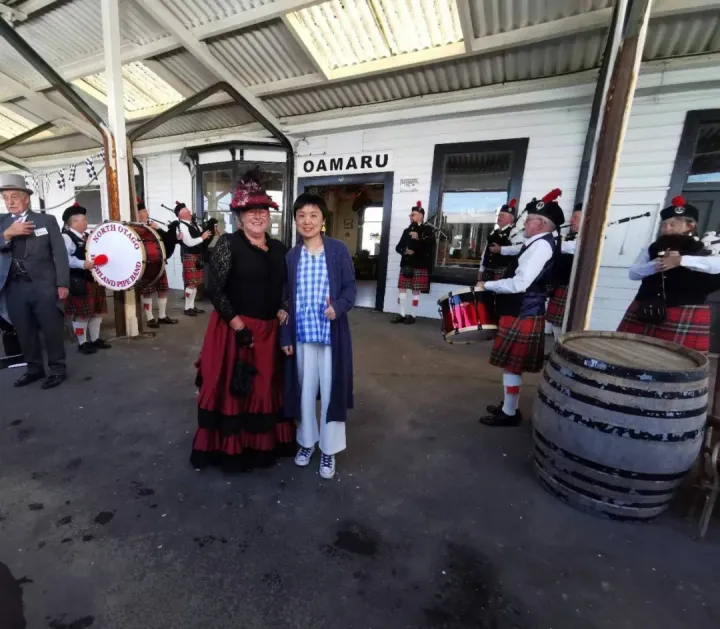Ersha Island: Chinese-New Zealand Biracial Sisters Film Music Video in Hanfu
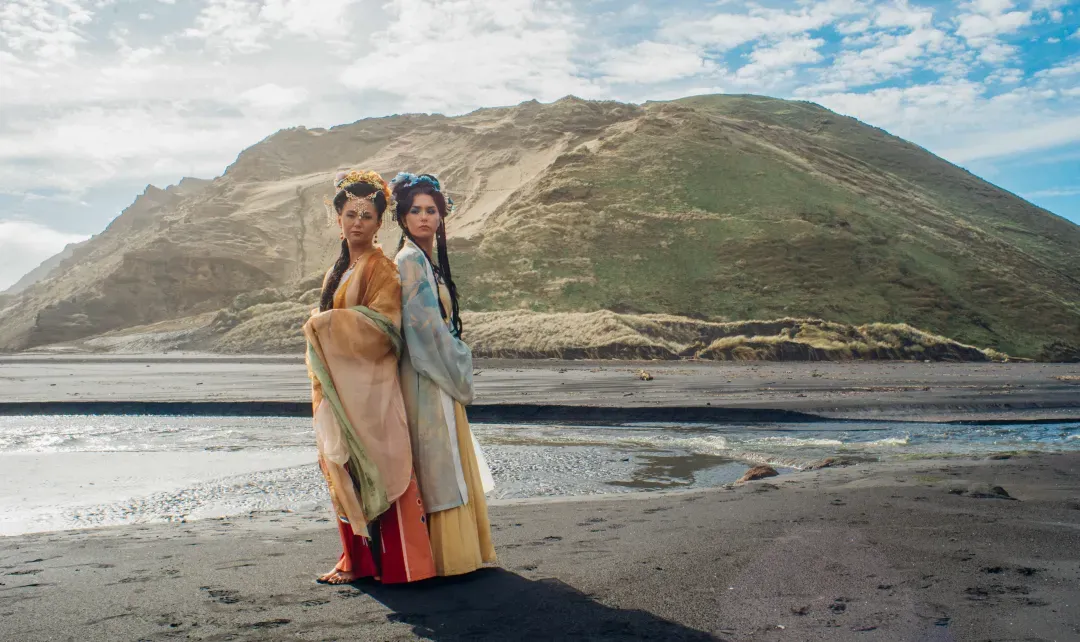
Staff Writer: Yima
Image Source: Supplied
Two biracial sisters, dressed in Hanfu, filmed a music video on a New Zealand beach.
In this music video titled My Mother’s Mountains and My Father’s Seas, the sisters wear traditional Chinese clothing as they sing passionately by the beach.
Why did they choose this look, and what’s the story behind it? We reached out to the stars of the video to hear their story.
Chinese-New Zealand Biracial Sisters Film Music Video in Hanfu
The two girls in the music video are sisters named Dandan Hao and Tingting Hao.
Dandan, the older sister, is outgoing and enjoys outdoor activities, while Tingting, the younger sister, is more gentle and introverted, preferring to read and listen to music.
They are like "yin and yang" in traditional Chinese culture, harmoniously blending together.
Their parents, like the couple in the music video, come from two different countries—China and New Zealand.
Being biracial, they are often asked a difficult question:"Which do you like more, China or New Zealand?"

"It’s like asking if you love your mother or your father more; it’s impossible to choose. So, we wrote this song as our response." Both their mother’s mountains and their father’s seas are essential parts of their upbringing.

The music video was filmed in Auckland, and they were keen to incorporate Chinese elements in both the music and visuals. Ultimately, they chose Hanfu, traditional Chinese clothing, for its strong cultural significance.
After finalizing their creative concept, they enlisted a friend who collects Hanfu to help select costumes, opting for "theatrical" styles for the shoot.
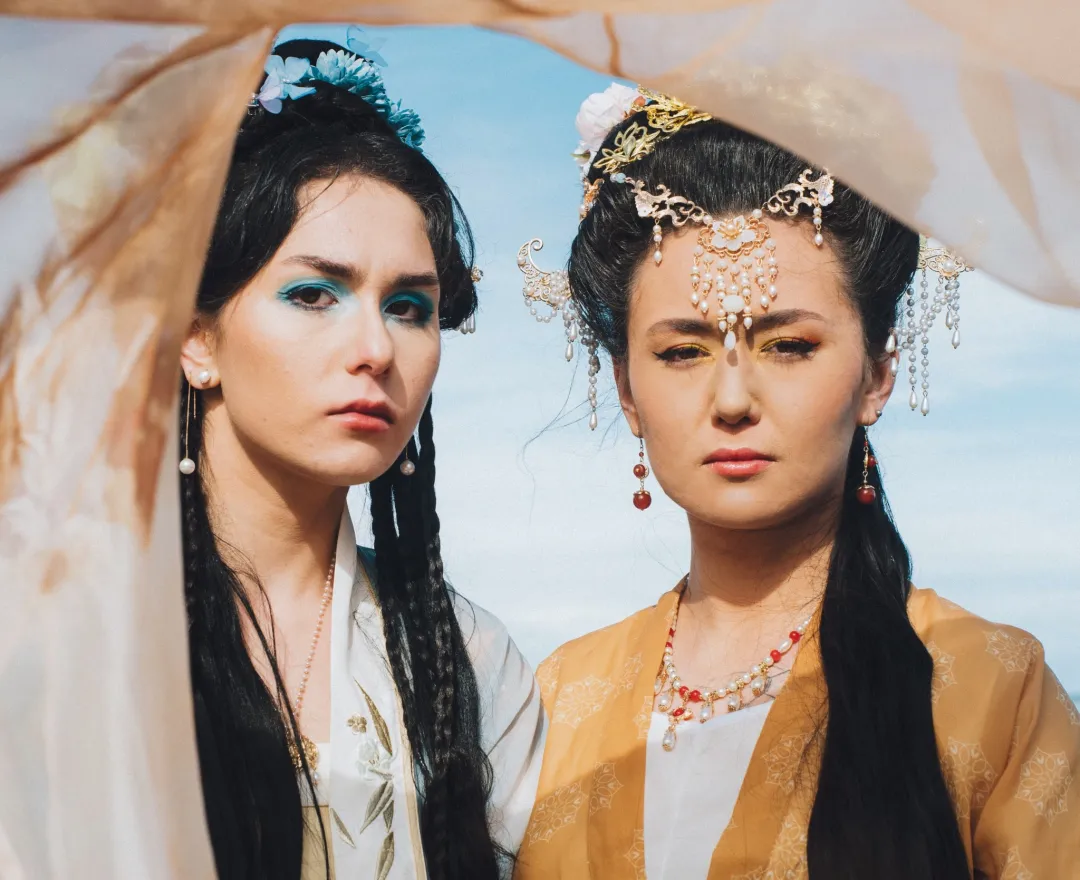
A Tiger Mom Moved Three Times with Kids All to Fulfill Her Children's Musical Dreams
The sisters’ parents are both business people who met in China and worked in several countries before settling in New Zealand.
Dandan was born in Australia in 1999, and two years later, the family moved to New Zealand, where Tingting was born.

In 2001, the family moved to China, living in various cities like Xi’an, Guangzhou, and Beijing.

During their childhood in Xi’an, where they lived with their grandparents, the girls’ lives were no different from those of local Chinese children.
Dandan loved watching cartoons such as Pleasant Goat and Big Big Wolf《喜洋洋与灰太狼》, Calabash Brothers《金刚葫芦娃》 and Nezha Conquers the Dragon King《哪吒闹海》.
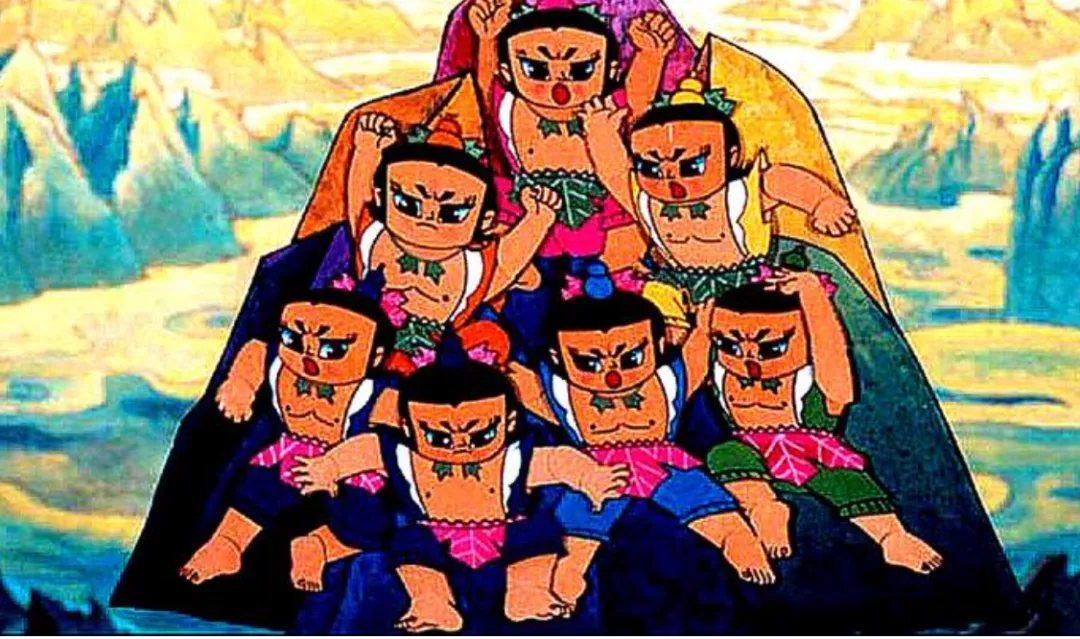
Their mother’s moving story bears similarities to the tale of "Mencius' Mother Moving Three Times"(The story of "Mencius' Mother Moving Three Times" tells of Mencius' mother relocating their home three times to find the best environment for her son's education, emphasizing the importance of surroundings in a child's development), as each move was aimed at providing better musical education for her daughters.
Like many Chinese parents of the 80s and 90s, their mother had her own musical dreams. When she couldn’t fulfill those dreams herself, she placed her hopes on her children.

Their mother admired the famous pianist Lang Lang and, though she never performed under the spotlight herself, she idolized Lang Lang’s father, aspiring to raise classical musicians.
“From a young age, our mother encouraged us to learn classical music and hoped we’d grow up to be classical musicians.”

Their parents first took them from Xi’an to Guangzhou, where the three- and five-year-old sisters began their classical music journey at a music kindergarten on Ersha Island.
Because it was where their musical journey began, they named their band Ersha Island.
The famous Xinghai Concert Hall is located there, and as children, the sisters attended many concerts and even encountered renowned musicians like Lang Lang and Li Yundi.
Ersha Island holds many beautiful memories for them, including family roller-skating outings by the Pearl River.
Later, they were admitted to the China Conservatory of Music, and the family moved to Beijing.
In Guangzhou, they had attended an international school with many foreign students, and their mixed heritage didn’t pose much of a problem.
However, after moving to Beijing, where most of their classmates were Chinese, they became “outsiders” again, struggling to fit in.
Music became their refuge, and they often spent up to eight hours a day in the practice rooms.
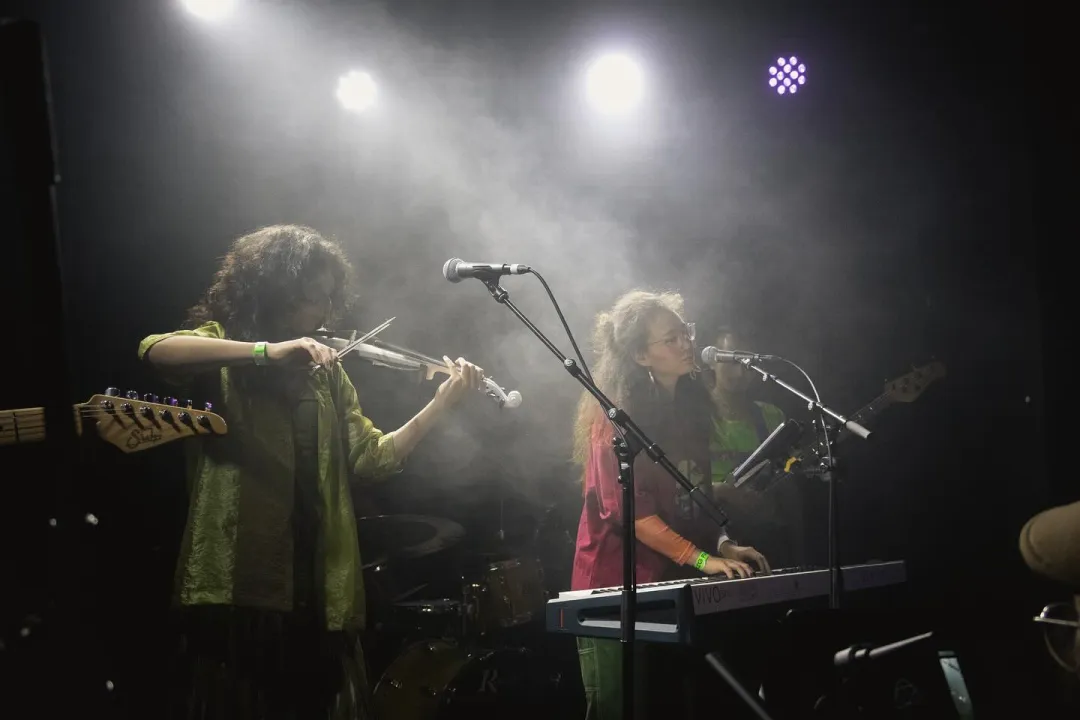
Embracing Their Mixed Heritage and Singing About It
The sisters moved to New Zealand for high school, but once again, they found themselves “outsiders.”
When they first arrived, some people even bluntly told them,“Go back to China.” In an effort to blend in, the sisters dyed their hair blonde to soften their Asian features.
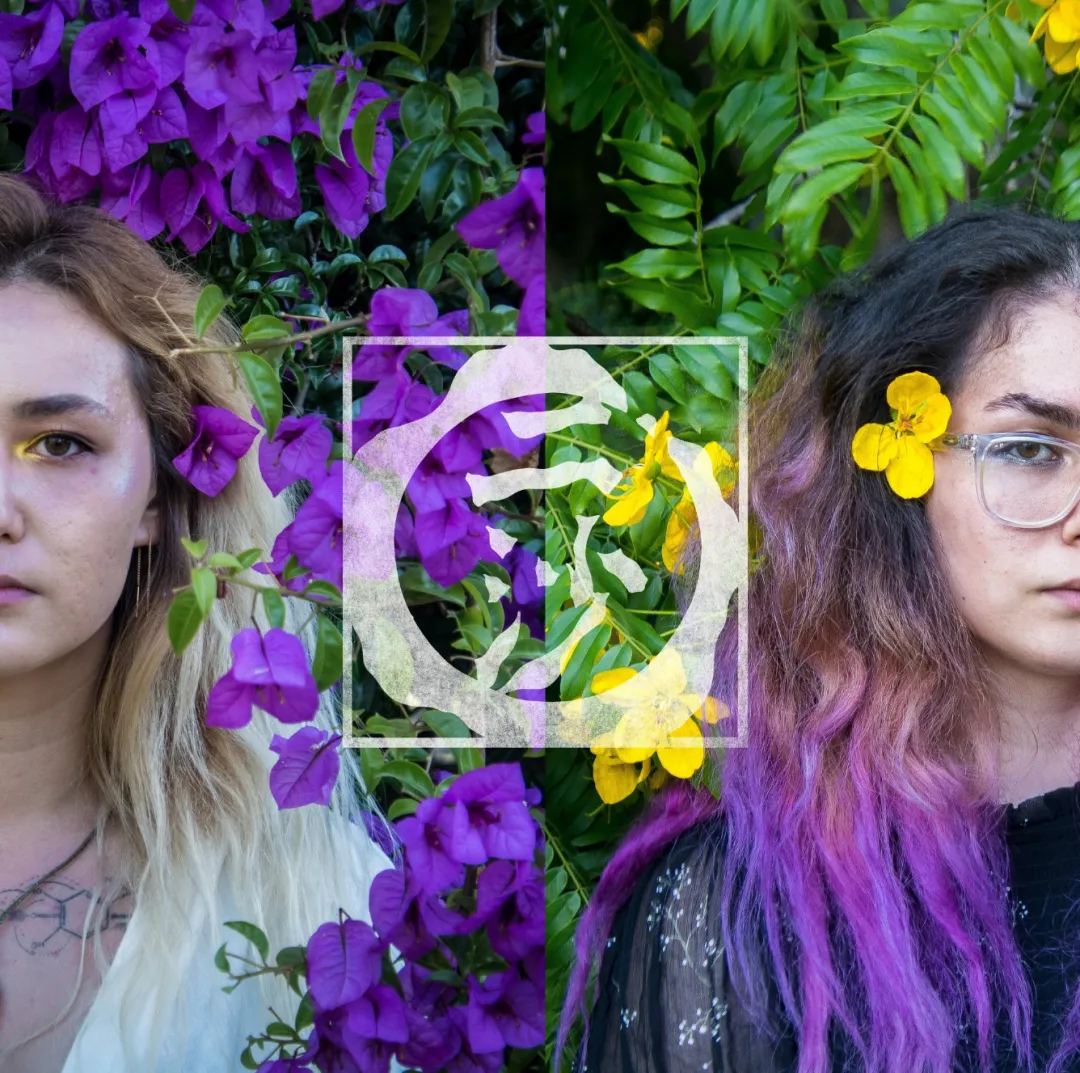
When they decided to create an album about their identity, they faced harsh online criticism. Many people said,"You’re white—why are you jumping on the Asian bandwagon?"
Despite their young age, the sisters were strong. They chose to ignore the “haters” and listen only to the voices of their loved ones, focusing on creating their music.
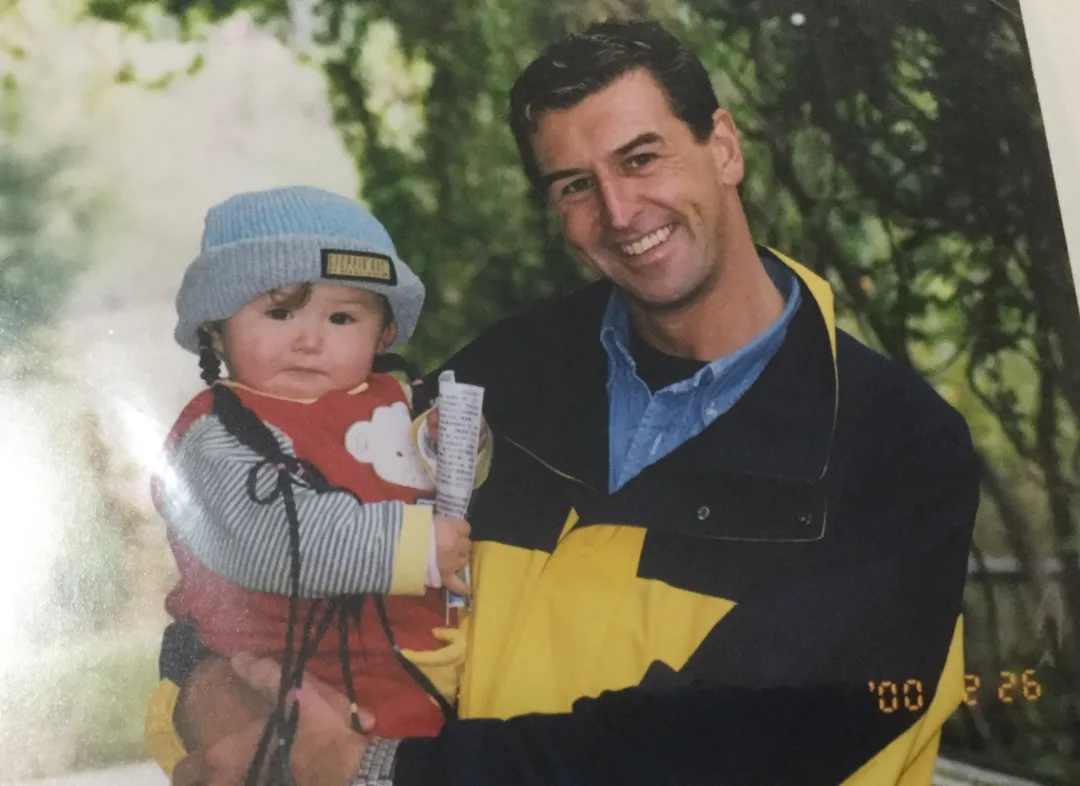
Music is a language that transcends words, and these flowing notes can serve as a bridge between different cultures. Their mixed Chinese and Western heritage provided them with unique creative inspiration.
Their classical music training on Ersha Island, combined with their father’s iPod playlists of The Beatles and other Western artists, shaped their distinctive musical style.
Now, the sisters no longer feel conflicted about their half-Asian identity and confidently make friends with many other Asian creatives. Over half of the contributors to their album are of Asian descent, including their friends Iris Zhang, Geoff One, Crystal Chen, and Ashy, all talented Asian musicians in New Zealand.
In their album Like The Other Kids, they assert their identity: they are indeed different from other kids, but they are themselves, unique in their own way.
Among the musicians they admire, many are also of Asian descent, such as Laufey, Jaguar Jonze, Wasia Project, and NIKI. These artists, who shine in the Western music industry, have been a source of encouragement and motivation for them.
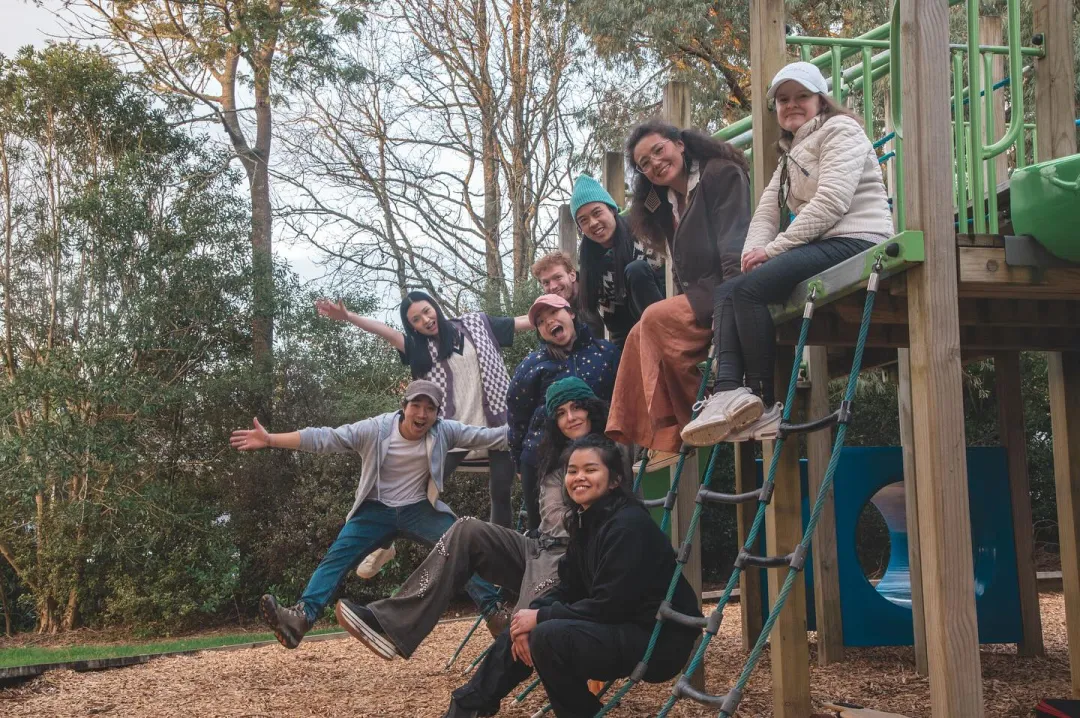
Connecting Cultures Through Music and Returning to Their Roots
Their latest album is titled Roots. While making it, they wanted to involve their yeye (their mother’s father).
They invited him to share stories from his childhood, and he sent them 15 hours of voice recordings. Listening to these stories often brought the sisters to tears.
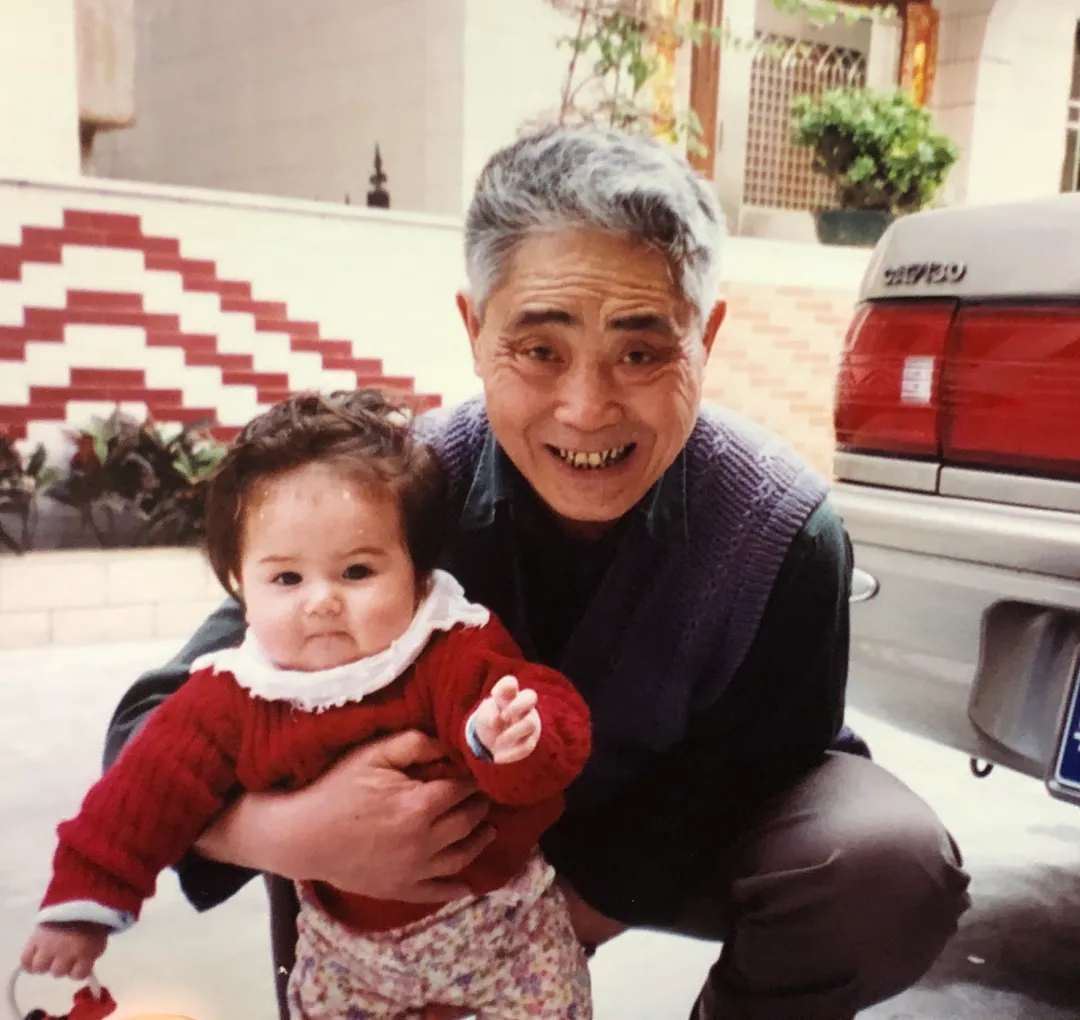
Their grandfather’s dialect, childhood memories, and the deep connection that Chinese people have with their homeland moved them deeply and inspired their creativity. Eventually, they chose a story that every Chinese person knows.
The legend of the "Big Locust Tree of Hongtong County" in Shanxi Province is familiar to many Chinese.
It’s said that during the Ming Dynasty, millions of people fled Hongtong County due to war. When they looked back, the familiar Big Locust Tree was no longer visible. The invisible tree became a symbol of homesickness for Chinese people everywhere.
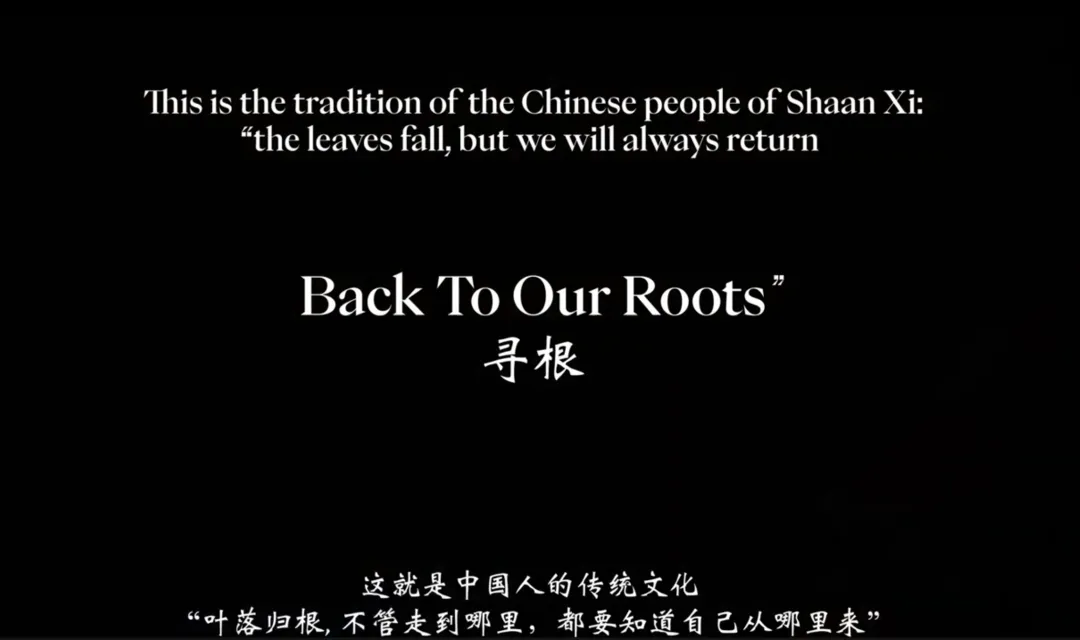
In provinces like Henan, Shandong, Hebei, and Shanxi, as well as throughout China, there is a well-known nursery rhyme:
"Where do my ancestors come from? The Big Locust Tree in Hongtong, Shanxi."
“问我祖先何处来,山西洪洞大槐树;祖先古居叫什么,大槐树下老鹳窝”。
Seeing the two blonde-haired, blue-eyed sisters today, it’s hard to imagine them connected to such an ancient story. Even in China, few young creators would choose this tale as the inspiration for a song.
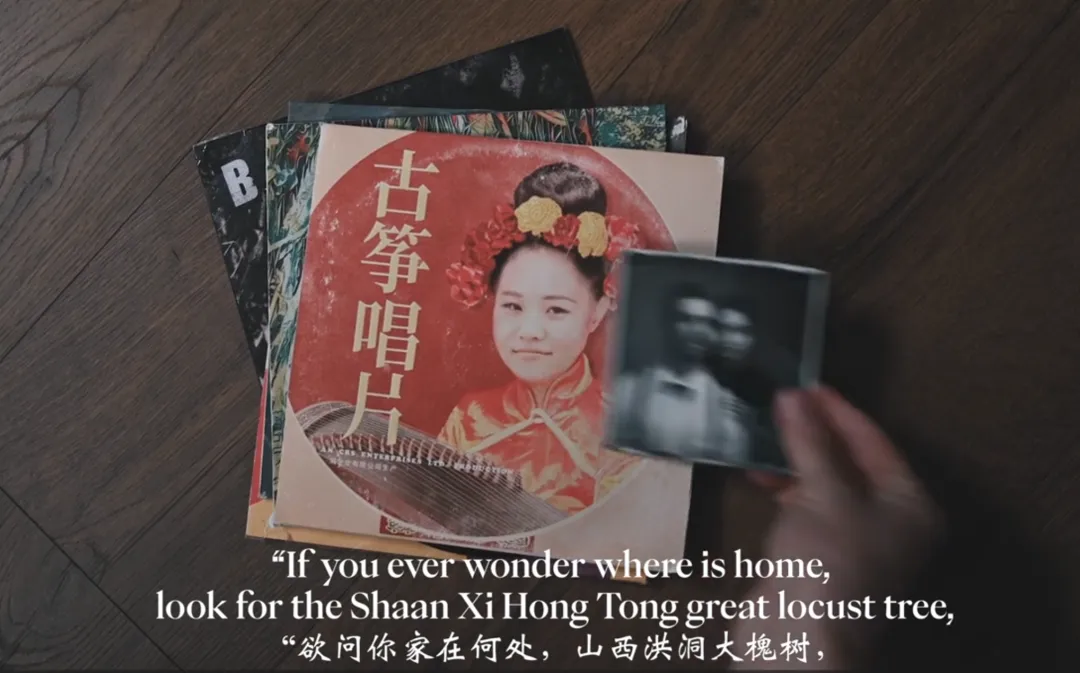
But it is precisely because of distance and longing, and the familial and cultural ties that run through their veins, that the sisters felt deeply connected to the story and decided to write a song about it.
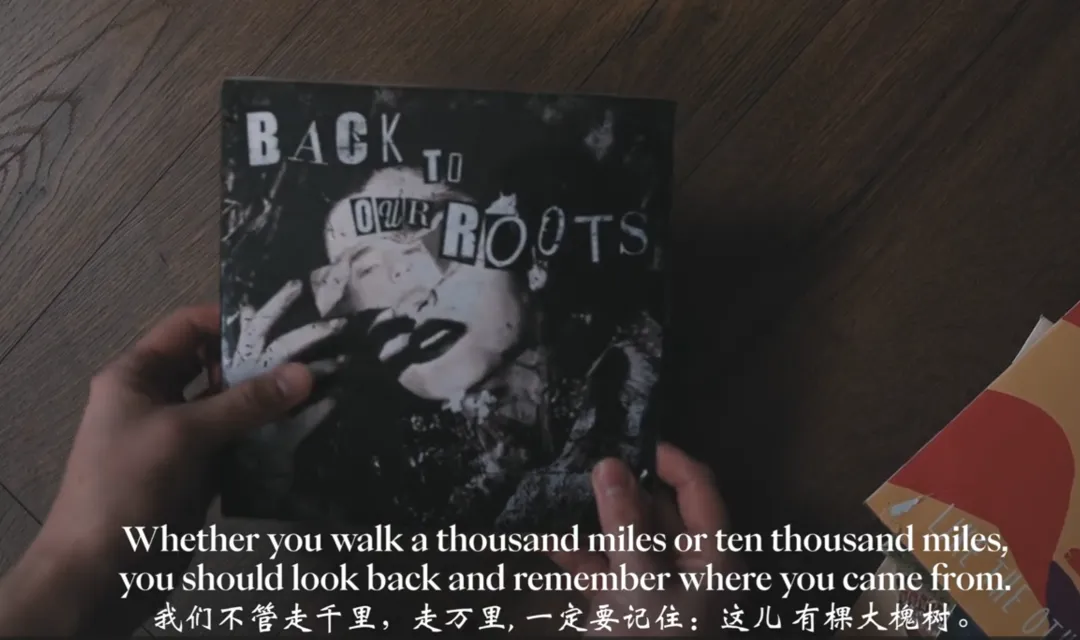
Knowing where you come from helps you understand where you are going.
This album is not just a musical work, it’s a commemorative album of the sisters’ journey of self-discovery and healing.
In the process of creating it, they connected with their ancestors and homeland, engaged with their peers and friends, and reconciled with their own identities, feeling proud of who they are.
At the entrance of the Temple of Apollo in Egypt, an ancient inscription reads, "Know yourself." These young sisters are living out this wisdom through their creations.
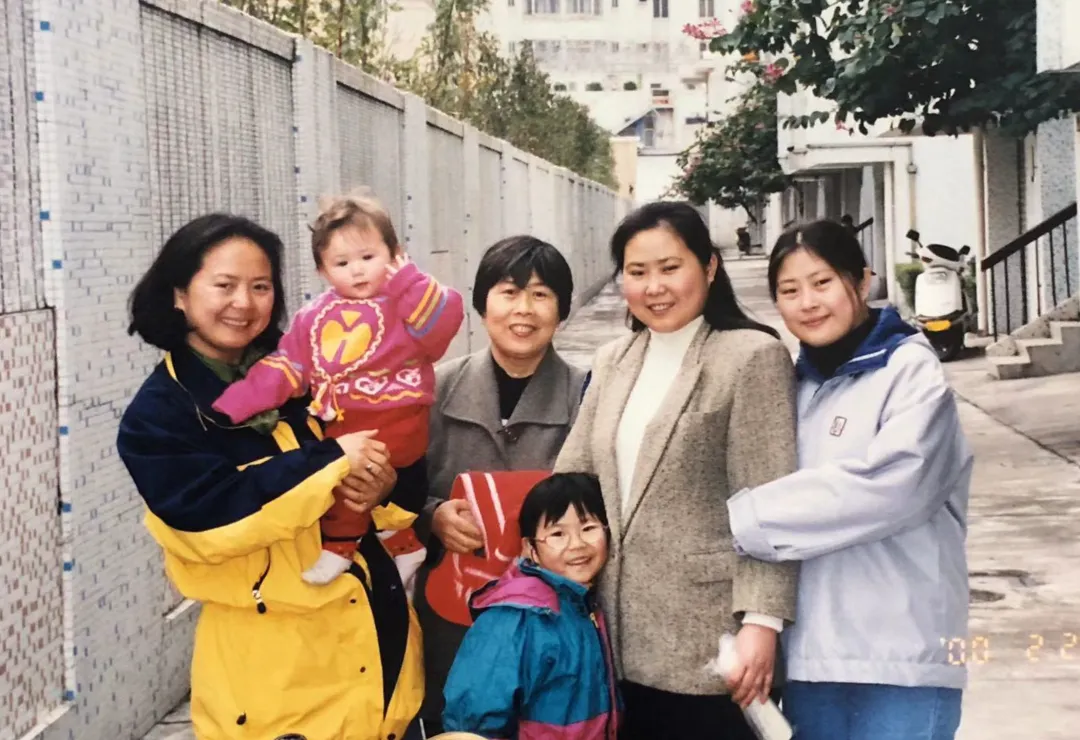
Beyond their musical careers, the sisters are involved in other ventures. The elder sister works on cultural projects, and the younger sister is a music and Chinese language teacher. Having found their roots, they are sure to go even further.


